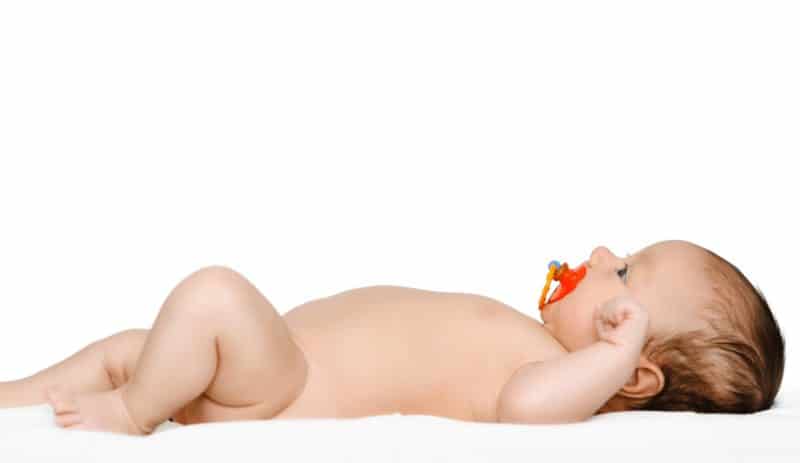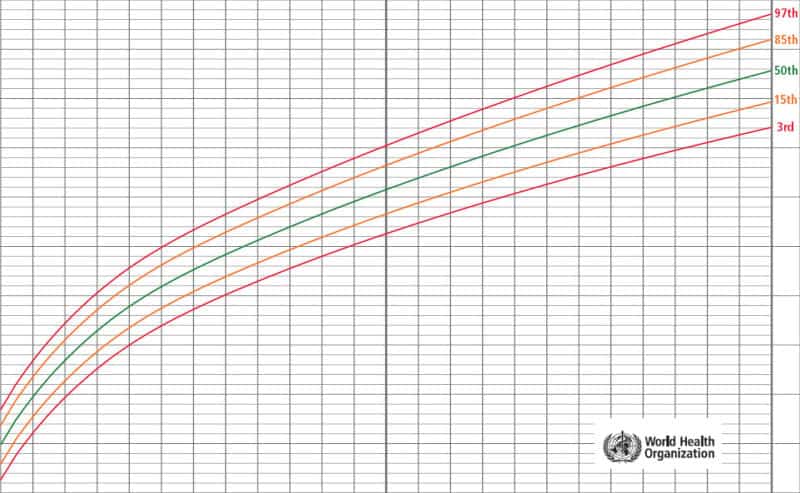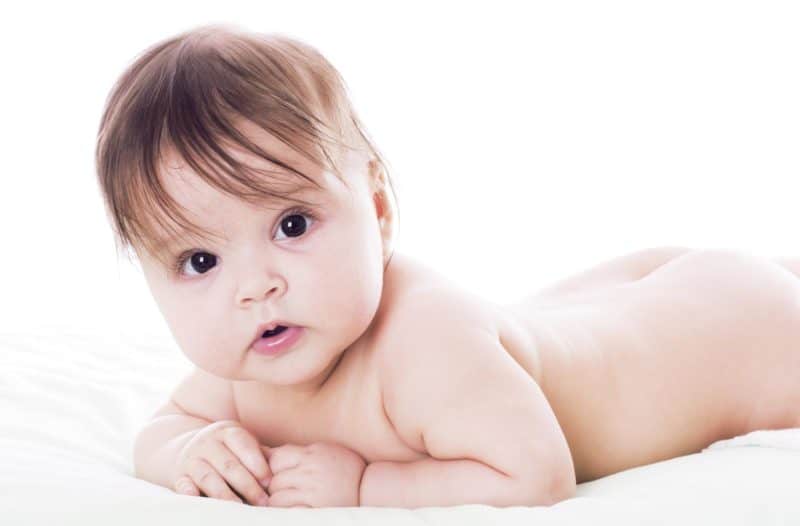Being a new parent, you must be worried about your baby’s proper growth and probably confused about how to keep the right track of their development. Indeed it’s essential for your child’s good health.
Why Is It Necessary To Monitor A Baby’s Development?

A child’s development is the biggest responsibility of parents. They must be acknowledged for avoiding mistakes.
- Your baby’s weight denotes whether he is healthy or not.
- The doctor’s examination will tell you if he is gaining weight according to his age or not because an over or underweight baby isn’t a healthy one.
- Parents need to focus on their meals if a child is facing a height or weight issue.
- Well-timed monitoring will help the doctor to treat abnormal growth at early stages.
I can read questions coming into your mind like how to monitor a baby’s growth, what the tools are etc. The following article will clarify your confusion so let’s get into it.
Well, every child has its own growth pace, but you can also notice their progress by using a baby growth chart to satisfy yourself.
To understand how this chart works, first, have a look at its definition.
Baby Growth Chart- A Tracker
Paediatricians use this tool to determine your baby’s general growth. They check your child’s length, weight, and head size to track a baby’s growth. The assessment using a chart is based on the comparison of your child with other children of the same age and gender.
How Do Babies Weigh And Measured?
When you take your baby to a routine checkup, the paediatrician will measure his length, weight, and head circumference. He will measure the length from the top of the head to the feet, check his weight on a scale, and by wrapping tape from front to back of his head, he will get the head circumference.
Then he will plot those measurements on the growth chart and let you know your baby’s physical condition.
If you want to check your baby at home, it may be difficult for you to get complicated “curves” of the chart, but the following explanation will simplify it.
How To Read Curves Of The Chart

Undoubtedly It’s a little tricky to read, but you will get it over time. Firstly point your baby’s measurements on one axis of the chart, then mark his age on the other axis. Both these points will meet somewhere in the middle of the grid, which will tell you your baby’s percentile.
To get a clear idea of percentile, consider the example below,
If among 100 babies, your child’s height percentile is 40th, it shows that 39 babies of the same age and gender are smaller than your child while 59 are bigger.
You don’t need to panic about the percentile number your baby lies in; it’s just a method of the baby’s growth track. Besides, other factors affect a child’s development, including nutrition, genetics, health problems, and others.
Note: Boy and girl baby growth charts are different so consider your baby’s gender chart.
WHO Growth Chart Standards
WHO (world health organization) has set excellent standards for baby growth by conducting high-quality research in six countries. WHO chart helps parents to maintain the good health of their children.
Signs Of Normal Growth

According to associate professor of paediatrics Fabian Gorodzinsky, ”If the weight, length, and head all fit in the same parameter, that’s the pattern of the child.”
Along with medical checkups, you need to observe some signs of normal baby growth:
- Keep an eye on their feeding habits. If your baby has enough milk and doesn’t have any difficulty in feeding, then he is doing good.
- Your child’s playful and active attitude shows he is fit and healthy.
- Peeing six to eight times a day is normal for a baby.
- Never ignore sicknesses like diarrhoea and vomiting, as it is not healthy sign.
When To Worry About A Child’s Percentile
Never compare your child’s growth with a neighbour’s child because the significant point is your child’s growth. It doesn’t matter at what pace he is growing.
If your child drops by two percentile lines, talk to his GP immediately. He will guide you about his health issues.
How Often Do You See The Paediatrician?
Timely visits to a paediatrician can detect any sort of problem early because babies are fragile, and their health effects quickly with little changes in the environment.
A newborn should visit a doctor three to five days just after birth. Then you need to see a doctor again when they are one month, two months, and four months old.
The Bottom Line
The priority of being a parent is to check a child’s development now and then. A baby growth chart is a great way of determining your little one’s growth. Without a doubt, a growth chart is crucial to understand, but your baby’s health care provider will assist you.
Monitor your child’s development; you will surely achieve your goals if he is growing well.


